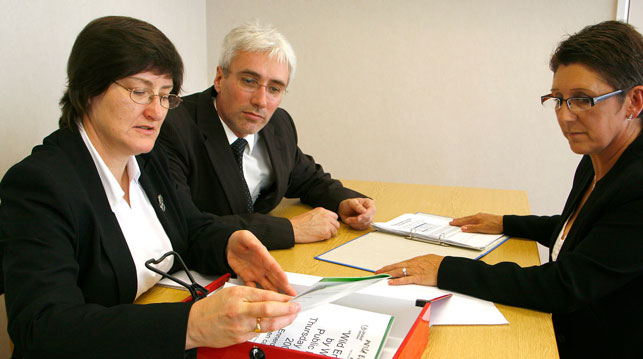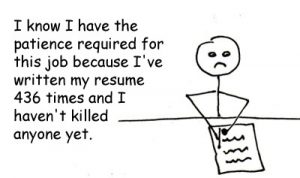
It’s easy to open an article with an arresting image or statistic, but transitioning from an entertaining intro to the informative body of the article is sometimes awkward. A good trick is to engage the reader directly with a call action within the first hundred or so words. If the article is about a hobby, aim to leave the reader thinking, “I could do that.” If it is about a place, the reader should say, “I could go there.” For a profile piece, the reader should think, “I could be like that person.”
These little moments are “activators” and can be made of simple, conversational phrases that put the subject within the reader’s reach—phrases like, “You can too,” and, “Here’s how.” It is as formulaic as the promise-laden headlines for clickbait websites, but our aim is a little loftier than simply snagging eyeballs. We want to inspire our readers, if not to try that particular hobby then to try some new hobby; if not to visit that particular destination, then at least to travel somewhere.
What does all this have to do with writing a resume? More than you might think because your end goal in sending it out is to get that recruiter to pick up the phone and set up an interview. You want the reader to take action. A resume, in short, is an activator.
Get a free sample proofread and edit for your document.
Two professional proofreaders will proofread and edit your document.
When I mastered the principle of activators, I became a more effective, persuasive writer.
You can too.
Here’s how.
The Implied Promise
 The activator’s secret is its covert testimonial quality. You can make a subject compelling by highlighting how its applies to your readers. You can stress that a person, place, or thing, no matter how extraordinary it seems, is relatable and within the reader’s reach.
The activator’s secret is its covert testimonial quality. You can make a subject compelling by highlighting how its applies to your readers. You can stress that a person, place, or thing, no matter how extraordinary it seems, is relatable and within the reader’s reach.
A resume works on the same strategy of implied promise. “This is the work that I’ve done elsewhere,” you say. “And that other workplace is not so different from this one. What I have accomplished there I could easily accomplish here.” You do this by finding and emphasizing points of connection.
Let’s say you have a work history at a large corporation and are now applying for a position at a small, family-run company. In the abstract, it doesn’t sound like a good fit. But if you mention that most of your work at that huge multinational was in small, tightly knit teams of eight to twelve people, well, suddenly it sounds more promising.
Tailor Your Resume to the Job
Don’t reinvent the wheel every time you apply for a job. It’s simply a matter of making choices. I encourage applicants to develop a “master resume” that encompasses their total skill set and history. Here’s how to make it:
When it comes time to send out a resume for a particular job, do your research. Understand something about the tasks, values, and culture of the workplace, and choose from your master list the two or three bullets that best support the proposition that you would be a good fit there. Having a large pool to draw from gives you better odds of choosing the right bullets. When you get to the interview, you’ll have those dozens of little stories at your command. Your resume is now a crib sheet for your oral presentation.
Jack F.
Get a free sample proofread and edit for your document.
Two professional proofreaders will proofread and edit your document.
Get a free sample proofread and edit for your document.
Two professional proofreaders will proofread and edit your document.
We will get your free sample back in three to six hours!